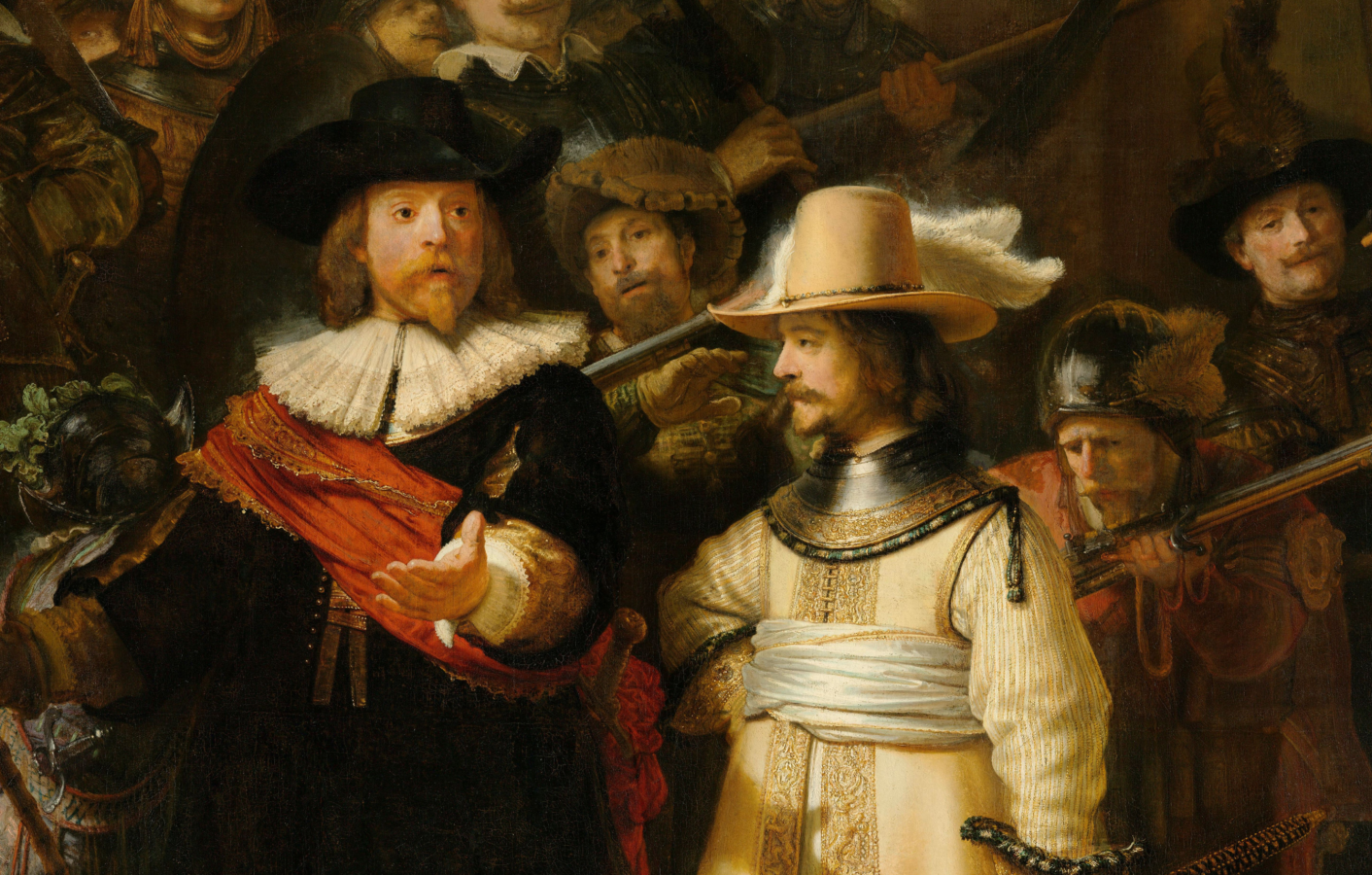Those who have become interested in Japan in the past twenty years have done so, likely as not, because of Japanese animation, best known by the Japanese term “anime.” And why not? Japan’s take on the cartoon has at this point evolved so high and so distant from its western counterparts that you sometimes can’t help staring, transfixed. Even the word “cartoon” now seems too frivolous to apply. Roll the clock back eighty or ninety years, and Japanese animation looks decidedly more… cartoonish. But even then, you can easily see an excitingly different aesthetic in play. First behold the short above, which since its 1933 production has become a surprisingly popular watch on Youtube. Seemingly influenced by the American animation of the time, this fable of fox versus raccoon still garners acclaim with its craft. Acclaim from commenters, anyway: “Much smoother than the current animes,” writes one. “Not only the quality. Story is also funny and peaceful.”
Go back a few years further, to 1929, and you find a strikingly more foreign viewing experience in The Stolen Lump. Taking the form of a standard live-action silent picture, with intertitles and everything, the film adapts a fairy tale about an old man who happens upon a pack of tengu. He asks these supernatural creatures to remove what looks like a goiter from his face, but when they do, he inspires jealousy in his village. Finally, for an offering that will seem modern by comparison, watch Private Norakuro, from 1935, below. It originally appeared as just one story, in one medium of several, of the pratfall-heavy military adventures of the titular anthropomorphic puppy. Creator Suihō Tagawa drew the humor from his own time in the Imperial Japanese Army, to the delight of Japanese readers and viewers. The delight lasted up until World War II, anyway, when the country stopped looking so kindly on military satire. But Norakuro would soon emerge from retirement, going on to star in major animated films and serve as a mascot of the Japan Self Defense Force.
Related content:
The Early Days of Animation Preserved in UCLA’s Video Archive
The Best Animated Films of All Time, According to Terry Gilliam
Gertie the Dinosaur: The Mother of all Cartoon Characters
Lots of Free Animated Films in our collection of 500 Free Movies Online
Colin Marshall hosts and produces Notebook on Cities and Culture. Follow him on Twitter at @colinmarshall.




